Topics and content relating to the world renowned Gurkhas comprise major parts of this information resource, covering a number of perspectives, from history to culture and community, sports, and most all the exceptional role the Nepali Gurkhas have and continue to contribute to British history and the UK within the British Army. Here in this gallery we select just some of the images relating to this exceptional story, and start with that of the map below, which gives a proper context to that story, which has but been little told in the UK.

Greater Nepal, the Empire of the Gorkhas: late 18th to mid/second half 19th Century

Image above — source: Gurkha Brigade website: https://www.gurkhabde.com/gurkhas-nepal-and-east-india-companyu/ — of the Gorkha Palace mahal (palace): Gorkha (which is the name used in South Asia for ‘Gurkha’ in the United Kingdom).
It was from the city of Gorkha in Nepal that the start of modern Nepal (unifying through a number of miltary campaigns culminating in taking the three kingdoms — Kathmandu/Kastmandap, Patan, Bhaktapur — of the Kathmandu Valley) commenced in the late 19th Century. Under the King of Gorkha, His Majesty Prithvi Narayan Shah (image below) in the late 18th Century a ‘Greater Nepal’ / Empire of the Gorkhas developed that extended into a major part of the north of the mid-20th Century established Republic of India, and briefly substantial parts of Himalayan and adjacent territories of Tibet (see map above).

The Treaty of Sugauli was NOT an ordinary Western colonial power (East India Company / British Empire) – South Asian armistice (NOT occupation/acquisition) one. It ranks as perhaps the only armistice-type treaty that saw the British Empire give genuine resspect for a competent unvanquished adversary. Through the treaty the British state, a material acquisition and global colonial hegemony gained territory for the East India Company originated ‘British Raj,’ but much more importantly access to a world-leading military force, the Kingdom/Empire of Gorkhas soldiery at the peak of their power. As such, as the key intervention of Nepali/Gorkha military prowess at the time of the movement for independence (the so-called Indian ‘mutiny.’
Rebellion against foreign colonial occupation) made a decisive political and military difference; since that time there have been multiple occasions when the Gorkha/Gurkha presence in key British Empire and later UK military engagements in major and significant wars and in more recently UN related peacekeeping engagements has maintained UK independence and/or global influence and renown/’name’ [or loss of same] in the world. Awareness of these realities provides the true/accurate story of the Gurkhas in regard to Britain/the UK.
Some images of British Army context Brigade of Gurkhas martial prowess, unique role within the British Army [through the Brigade and its regiments and components], and interaction with and contribution to some key aspects of the fabric of the British nation and the building of a 2020’s multicultural diverse communities respecting, inclusive Modern Britain.
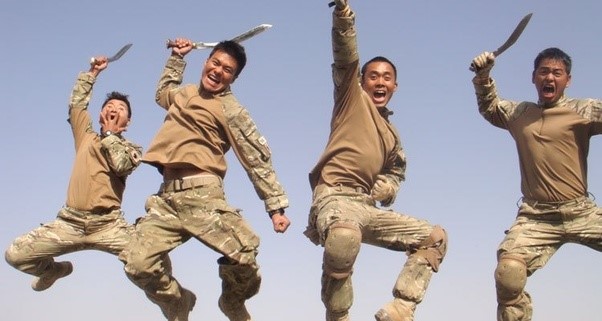
‘Ayo Gorkhali!’ — ‘the Gurkhas are coming!’ Flee!





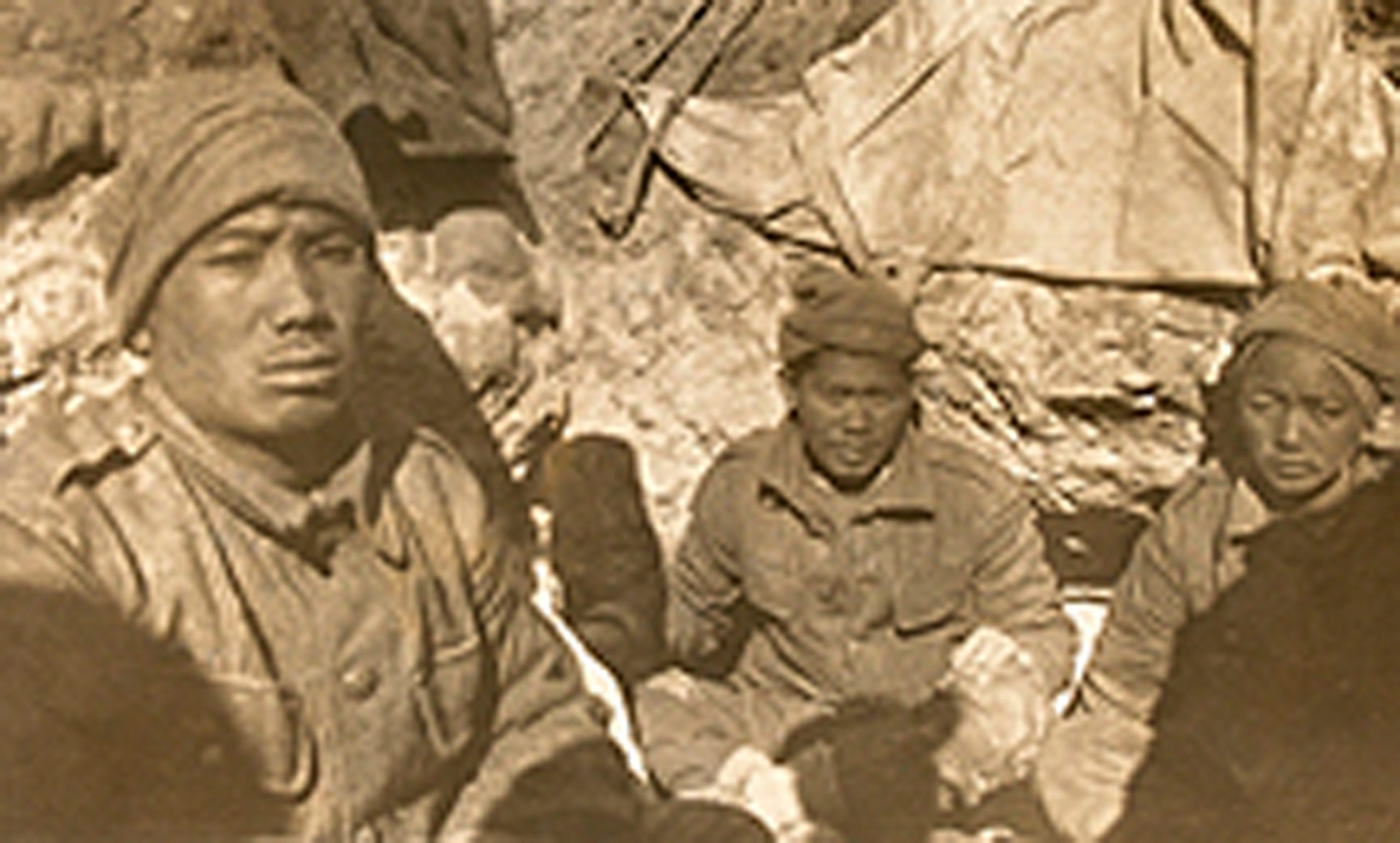
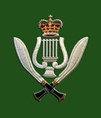

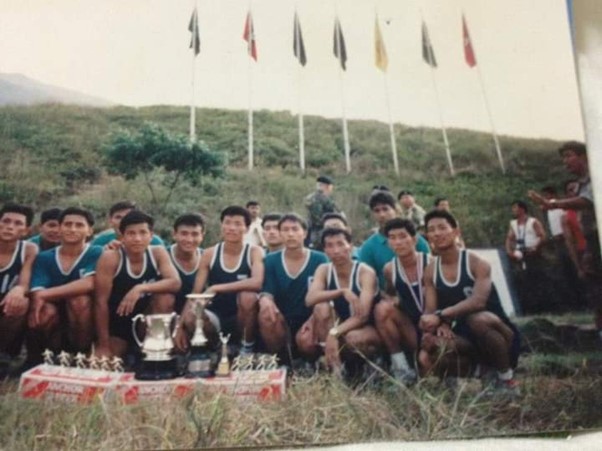





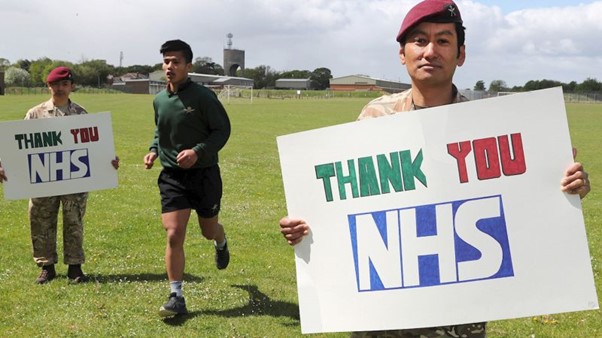
This last image illustrates that there is still much to be done regarding support and welcome to retired Gurkha heroes and their families in some sections of UK society.

